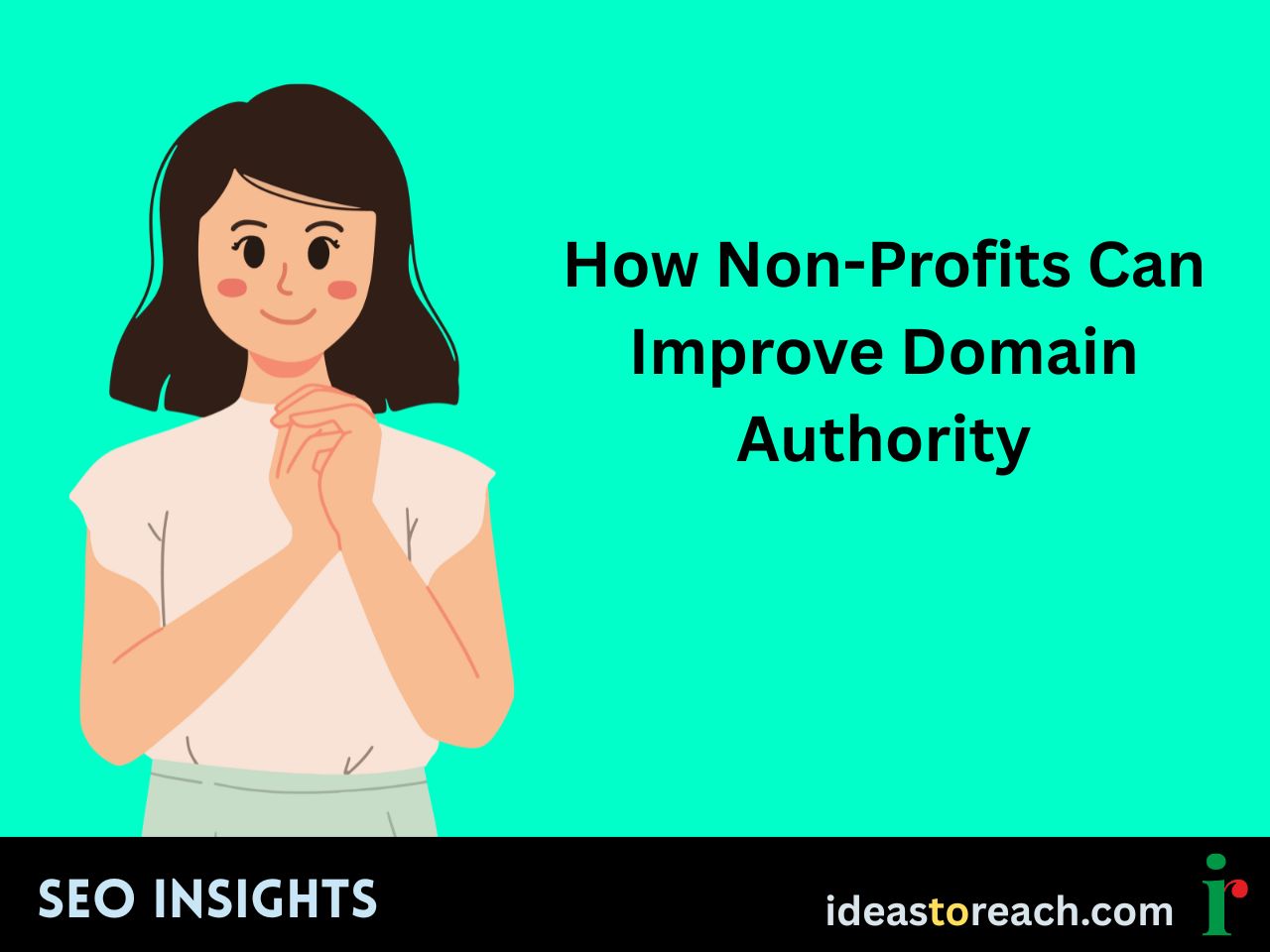
Non-profit organizations rely on visibility, credibility, and support from the public to achieve their mission. Whether your goal is to raise awareness, attract donations, or grow your volunteer base, your website plays a pivotal role—and so does its Domain Authority (DA).
Because DA reflects how trustworthy and influential your website appears to search engines, a higher DA means better ranking for cause-related keywords, improved traffic, and a stronger online footprint.
This guide explains how non-profits can strengthen their DA through smart SEO, authoritative content, and meaningful digital signals.
Search engines apply more scrutiny to websites that deal with health, public policy, education, or personal well-being. That means many non-profits fall into the YMYL (Your Money or Your Life) category, where E-E-A-T (Experience, Expertise, Authoritativeness, and Trustworthiness) becomes a crucial ranking factor.
As discussed in Is E-E-A-T Important for Google Rankings? your non-profit site must not only inform - it must prove its credibility through transparent content, expert inputs, and clear site structure.
Non-profits often make headlines, but few capitalize on this for SEO. Reach out to local journalists, niche blogs, or CSR platforms whenever you conduct an event, release a report, or receive recognition.
Submit your site to directories like Idealist, Charity Navigator, and NGO Darpan for relevant backlinks that boost DA.
Use Google’s Disavow Tool to remove any accidental low-quality links.
Many universities and government departments collaborate with non-profits. When this happens, request backlinks on their websites - from project pages, conference listings, or research acknowledgments.
These .edu and .gov backlinks carry significant DA weight.
Publish your success stories and insights on community development websites, public health blogs, or CSR-focused portals. These backlinks improve both traffic and authority.
Refer to Internal Linking Guide to connect these pages back to your website’s high-priority content.
Build evergreen content that others want to link to. Example ideas:
These can rank for long-tail terms and be used by students, policymakers, and grant writers—earning backlinks naturally.
Use frameworks shared in Does Your Content Fill or Kill? to ensure every page adds real value.
Donors and search engines both love transparency. Include:
Back these up with clear visuals and updated data. For reference, see How Often Should You Update Your Website.
Tap into your volunteer base. Ask them to write about their experiences and link to the article from their social or personal blogs. This approach not only grows backlinks but also shows community involvement—an E-E-A-T enhancer.
Apply Organization, Event, FAQPage, and Article schema to make your content eligible for rich results. This helps you get more visibility and improves user experience.
As explained in Structured Data Still Matters, schema helps search engines understand and reward your site better.
Many users from rural or low-bandwidth regions may visit your site. Compress images, eliminate unnecessary pop-ups, and use clean navigation to support accessibility. Leverage fonts discussed in Font Used by Google for readability.
Pages like “About Us,” “Donate,” “Our Programs,” and “Volunteer” should be clearly visible in your header and footer.
Use internal linking extensively to create a unified journey - see our Internal Linking Guide for tips.
Examples include:
Use the Keyword Research Guide to build topic clusters around these queries.
Use simple, conversational phrasing for voice queries like:
Use structured answers with headings and bullets as shown in the Voice Search Optimization Guide and AI Summaries Optimization Guide
Design elements must reflect credibility, not clutter. Simplify user experience to create that essential Tipping Point in SEO where trust becomes tangible.
Stand out with your voice, values, and visuals. If you're a grassroots animal rescue or a national mental health foundation, make your uniqueness shine through.
For a deeper dive into this mindset, see What Is a Purple Cow in SEO. It’s not about bigger budgets—it’s about bolder positioning.
Use tools like Moz and Ahrefs to track DA. Monitor which pages earn backlinks, where traffic comes from, and how often you're cited. DA growth for non-profits is a slow curve—but consistent effort leads to lasting authority.
Your mission deserves visibility. With the right SEO and DA strategy, your non-profit can reach more people, raise more funds, and drive more impact online.
Learn more about our SEO Services or explore our Digital Marketing Services. You can also Contact us for a customized growth roadmap.
And if you’re exploring this series, continue your learning journey from our Domain Authority Guide or browse through insights in our Blog. - where each topic is crafted with your growth in mind.
Previous page: How to Increase Domain Authority for Educational Institutions
Next page: How to Improve Domain Authority for Travel Websites